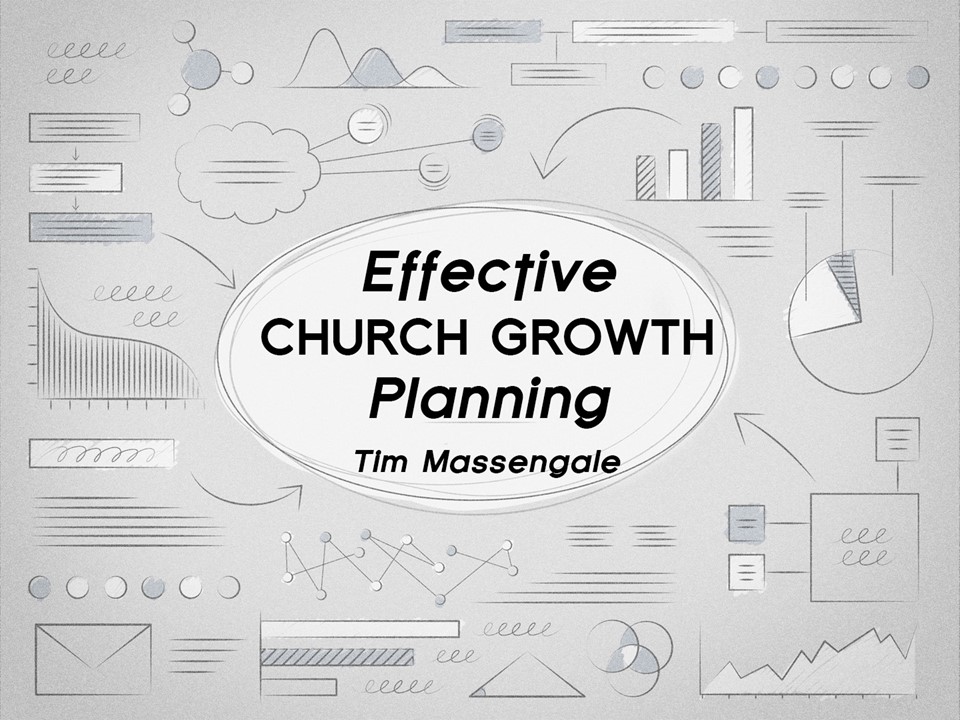By Tim Massengale
To View the Entire Article, Click Here
To Download the Entire Article, Outline, or PowerPoint, Click Here
Most people credit Henry Ford with inventing the automobile. The truth is he didn’t. Although he held many patents on various automotive mechanisms, the invention of the first self-powered carriage is credited to Nicolas Cugnot of France in 1771.
But history does credit Henry Ford with being a master of effective planning. His idea for taking the raw materials at one end of a factory and turning them into a finished automobile at the other end was nothing short of genius. His assembly-line production completely revolutionized the auto industry by greatly reducing the time required to assemble a car. It allowed him to produce cars quickly and efficiently; so efficiently that it considerably lowered the cost. He decided to pass on this savings to his customers, and in 1915 dropped the price of the Model T from $850 to $290. That year alone he sold 1 million cars and soon after became one of the wealthiest men in the country.
Thomas Edison, who painstakingly worked to produce the first successful incandescent light bulb also believed in effective planning. Said he, “Good fortune is what happens when opportunity meets with good planning.” A common business quote puts it even more bluntly: “To fail to plan is to plan to fail.”
Jesus said, “Suppose one of you wants to build a tower. Will he not first sit down and estimate the cost to see if he has enough money to complete it? For if he lays the foundation and is not able to finish it, everyone who sees it will ridicule him, saying, ‘This fellow began to build and was not able to finish.’” (Luke 14:28-30 NIV).
One of the biggest secrets of successful church growth lies in the ability of a pastor to plan effectively with his ministry leaders. I’m continually surprised at how many churches do not take full advantage of this proven principle.
In previous articles I outlined two simple, but important aspects of effective church growth planning: First, schedule an Annual Planning Retreat. Get away at least once a year with your key ministry leaders for an over-night, idea-intensive brainstorming session to solve problems and plan the coming year. Second, ask each ministry leader to hand in a Departmental One-year Plan. This is a simple written outline of their departmental plans and goals for the coming year. Both these steps go a long way in helping your leaders stay focused on their primary goal and purpose.
But now we come to the third, and in my opinion, the most important step in church planning: The Monthly Planning Council. Few things will have a more positive effect upon your growth than will this simple monthly meeting. It provides the means of accomplishing one of the most common weaknesses in church planning: the tendency to not follow-through once plans have been made.
The Monthly Planning Council helps us to understand what has been done, what is being done now, and what should be done in the near future. This meeting binds department members together as a team. It allows them to share problems and get helpful support in solving those problems from other team members. It improves communication between departments and shows how the various parts of the church organization interrelate and benefit one another. It keeps the pastor informed as to how projects are progressing and provides accountability to the directors’ responsibilities. It utilizes the pastors time more effectively by allowing him to take care of most administrative matters at one time rather than having to contact a dozen people individually. And finally, it provides the department heads with target dates, specific assignments to carry out, evaluation of progress, and finalizes the what, how, when, and where of all activities on the church calendar. In short, it’s difficult to see how that any church of any size can function effectively without time and effort being placed upon this monthly group planning night.
To View the Entire Article, Click Here
To Download the Entire Article, Outline, or PowerPoint, Click Here


